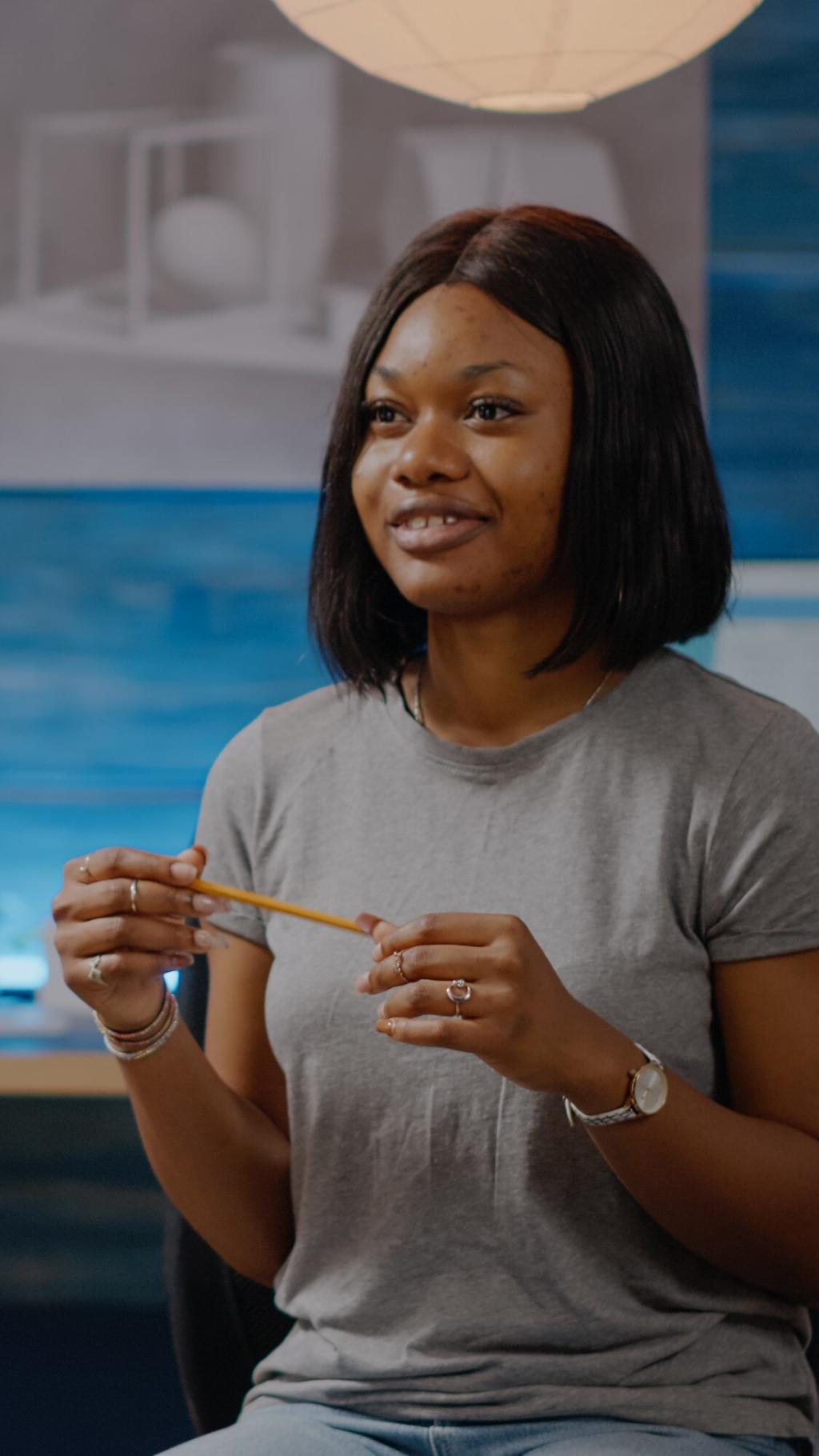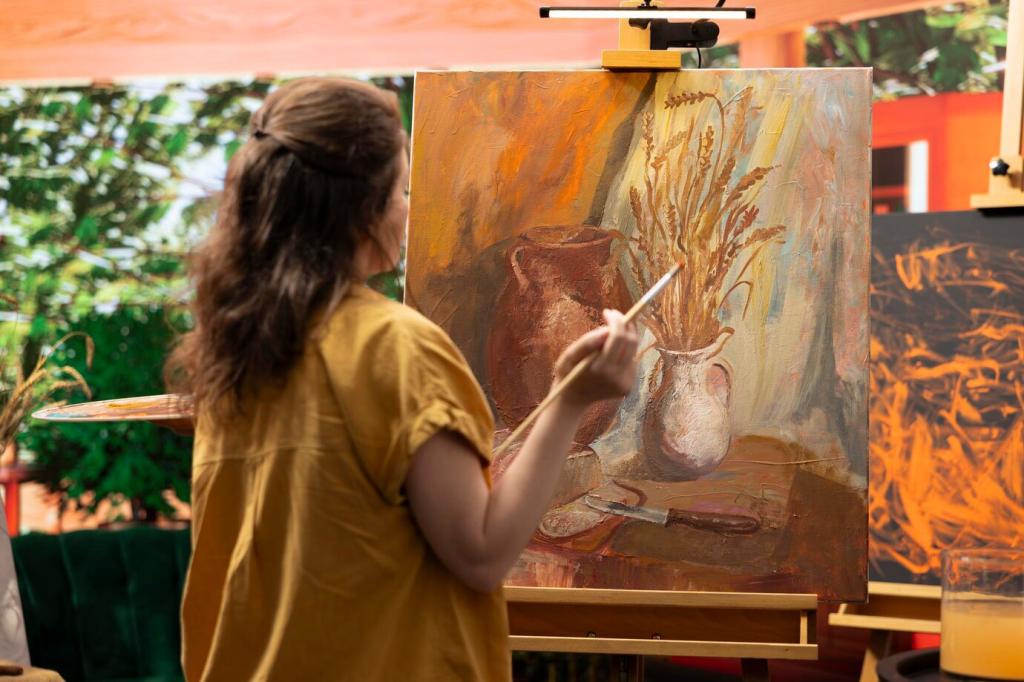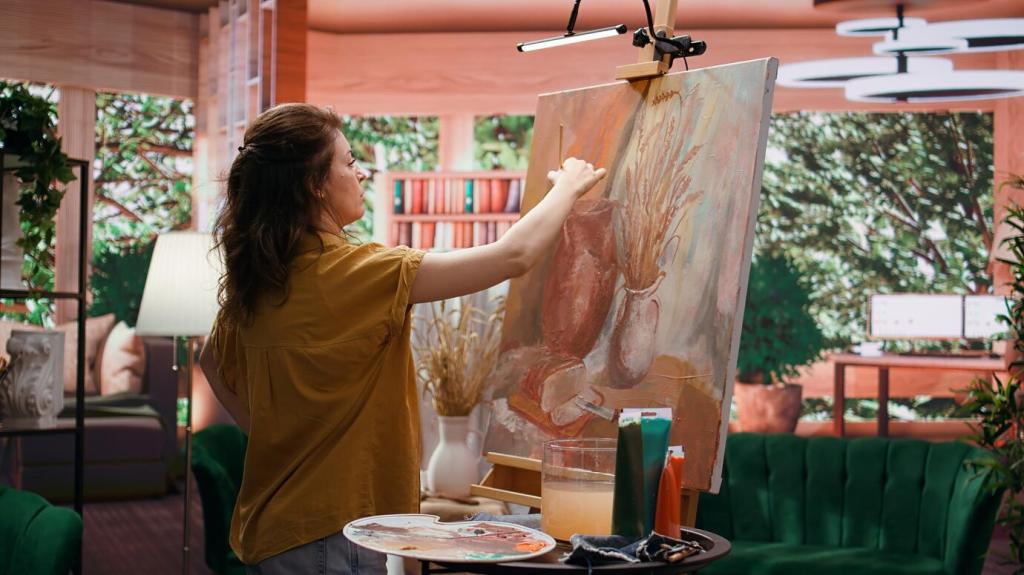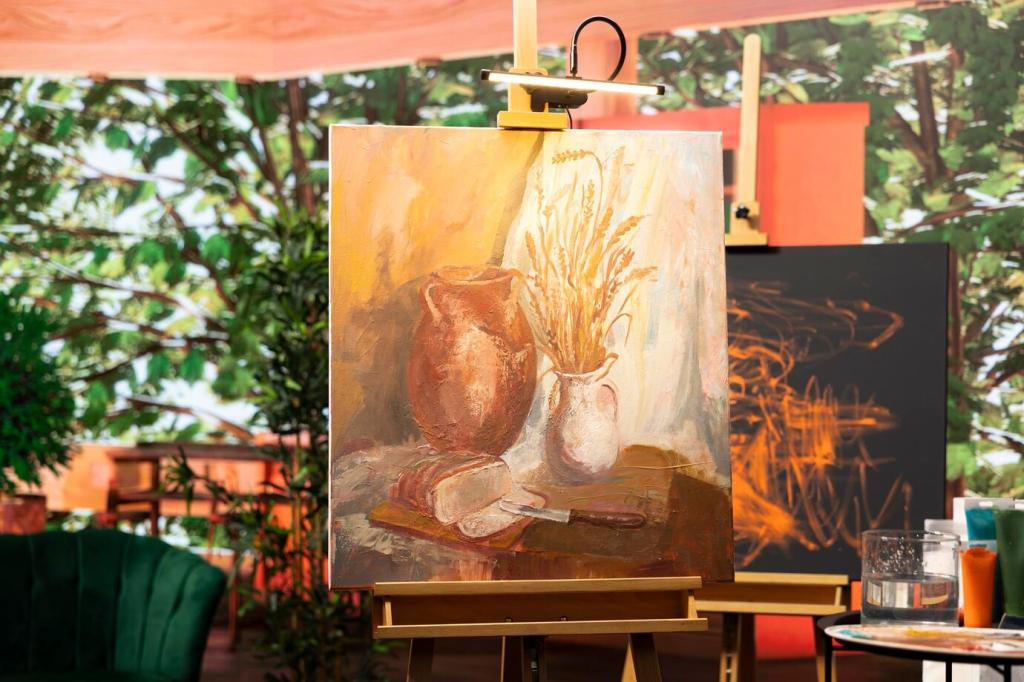Stories From the Maker Floor
A club assembled an open-source prosthetic hand between classes. Students compared hinge tolerances, revised wrist adapters, and practiced careful measurement. Reading technical instructions improved, math met empathy, and user testing turned critique into compassionate, evidence-based iteration.
Stories From the Maker Floor
A team printed a spectrometer housing for environmental testing. They calibrated, logged data, and presented contamination findings to city council. Science literacy, civic participation, and persuasive communication coalesced around a tool they designed, printed, and trusted together.
Stories From the Maker Floor
Students printed lightweight props and durable fasteners, balancing aesthetics, strength, and budget. They learned scheduling, supply chains, and backstage collaboration. When the curtain rose, applause validated their interdisciplinary problem solving as much as the actors’ performances.







